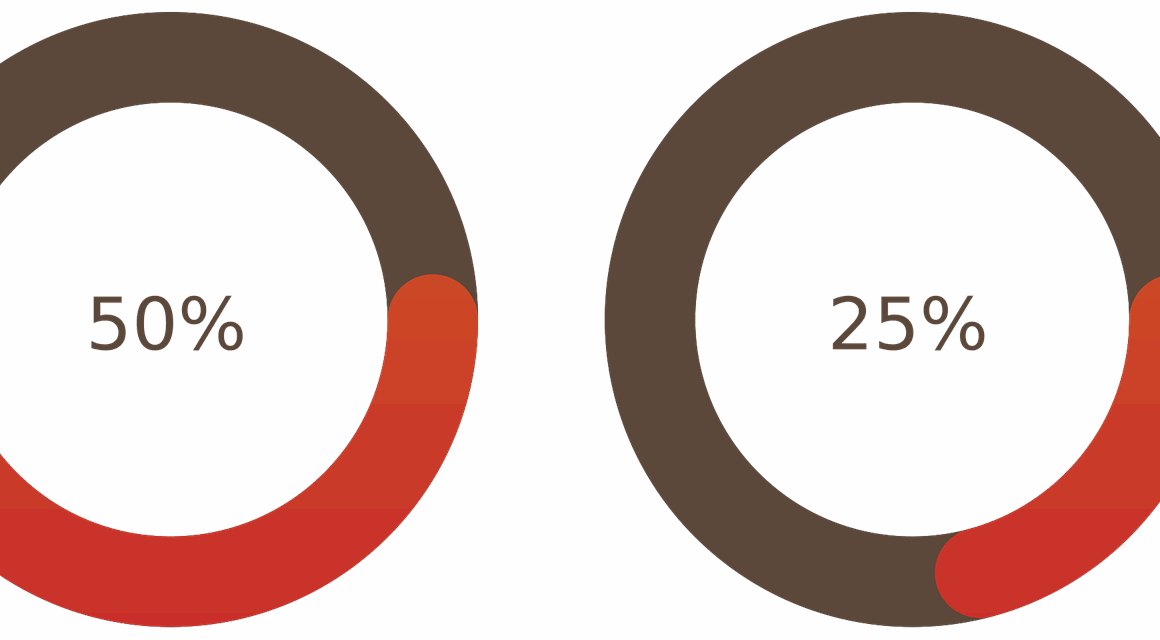Measuring Your Progress in Plyometric Workouts
Tracking progress in plyometric workouts can be incredibly rewarding and beneficial. Focus on consistency and proper technique to see improvements over time. The first step to evaluating your success is to establish baseline measurements. This could include jump height, speed, or the number of repetitions you can perform in a set timeframe. Regularly recording these metrics helps in comparing your current performance against previous attempts. Setting specific, measurable goals provides motivation. For example, aim to increase your vertical jump by a certain number of inches within a designated timeframe. Also, consider incorporating rest periods into your workout schedule to allow for recovery and growth. Adequate rest ensures that your body can adapt and improve. Progress is also about how you feel during workouts. Whether you notice heightened energy levels or ease in performing exercises, those signals are important. Furthermore, engaging with a community or workout partner can enhance accountability. Sharing goals and progress updates adds a motivational element. Regularly reassessing your targets based on performance will help you stay focused and engaged. This will further enrich your plyometric journey as you evolve your training methods.
Implementation of variations in plyometric workouts is crucial for continuous progress. This adds an element of challenge while keeping exercises engaging and enjoyable. Switch up your routine by altering your jump patterns, such as integrating lateral jumps, jump squats, or tuck jumps. Progressively increasing the intensity of your workouts is vital. Incorporate interval training, combining high-intensity exercises with periods of rest. For instance, perform explosive jumps followed by short recovery intervals for maximum effectiveness. Tracking the improvement in your jump height or repeatability becomes essential as you progress. Additionally, consider using equipment such as plyometric boxes to introduce new challenges safely. Practicing with varied heights encourages adaptability and strength. Besides physical metrics, it is important to assess recovery times. If your endurance improves and fatigue sets in slower than before, it reflects positive change. Documenting workout sessions in a journal can serve as a great motivator. Include details about your feelings during each workout and any changes in performance. Implementing these strategies provides a more comprehensive approach towards evolving your plyometric capacity while enhancing enjoyment. The key is to keep experimenting and challenging yourself to reach new heights effectively.
Using Video Analysis for Self-Assessment
Incorporating video analysis into your plyometric workouts can offer valuable insights. Recording yourself during workouts allows you to visualize technique and form. Reviewing footage helps identify areas for improvement that may not be discernible during training. Whether you’re focusing on jump mechanics or landing strategy, seeing your performance can facilitate growth. Another advantage of video analysis is that it captures progress over time. By comparing previous recordings with current sessions, you can witness tangible achievements. This can be incredibly motivating, as physical transformations can inspire ongoing dedication. Consider sharing your videos with a coach or trainer who can provide professional feedback. Their insight can help you maximize results and refine techniques. Additionally, engaging with an online community can provide supportive critique. Platforms like YouTube allow fitness enthusiasts to exchange tips and inspiration. Furthermore, be patient with yourself during this process. Not every session will yield perfect results. Progress in plyometrics is often nonlinear, so embrace both the successes and setbacks. Celebrating small milestones encourages commitment. Integrating video analysis makes both the journey and destination more enriching while enhancing your overall effectiveness in plyometric workouts.
Another effective method of tracking your plyometric progress is through fitness apps. Many applications allow users to log workouts, track performance metrics, and set goals. These tools often come with instructional videos, helpful for beginners to understand correct form. Utilizing built-in progress tracking features can help visualize improvements, motivating continued effort. Additionally, some apps facilitate the creation of a customized workout routine based on individual fitness levels and objectives. When aiming to elevate your plyometric performance, consider establishing a structured training schedule. Keeping workouts consistent assists in building endurance and understanding personal limits. Moreover, frequently reassessing goals and adjusting them ensures that you remain challenged. As strength and skill develop, gradually increasing difficulty promotes sustained progress. Consider engaging with local fitness groups or online forums focused on plyometric training. Sharing experiences and challenges with others can provide extra motivation. Collaborating with workout partners enhances accountability to stay committed to routines. Ultimately, the combination of the right tools, consistent effort, and community support can dramatically accelerate progress. Each step forward deserves recognition, making the journey toward mastering plyometrics even more fulfilling.
Importance of Recovery in Plyometric Training
Recovery plays an essential role in the effectiveness of plyometric workouts. Neglecting this vital aspect can hinder progress and potentially lead to injuries. Prioritizing recovery strategies is crucial, especially after intense training sessions. Adequate rest can manifest in various forms, including sleep, nutrition, hydration, and active recovery routines. Recognizing when your body needs a break is particularly important, as fatigue can impact performance and growth. In addition, integrating low-impact activities on rest days helps facilitate recovery. Engaging in activities like yoga or swimming ensures that muscles recover without putting additional strain on them. Moreover, nutrition significantly influences the recovery process. Consuming protein and carbohydrates after workouts replenishes energy stores and aids muscle repair. Experimenting with different recovery supplements can also yield positive results; however, it’s essential to consult a healthcare professional before introducing new elements into your routine. Maintaining hydration is equally crucial, as it plays a vital role in muscle function and recovery. A well-structured recovery plan ensures that setbacks are minimized. Harnessing the power of recovery will ultimately assist in achieving your plyometric goals faster and more efficiently while maintaining overall well-being.
Another aspect to consider when measuring progress in plyometric workouts is the importance of mindset. Having a positive and growth-oriented attitude can significantly influence performance. Self-belief and determination greatly impact one’s ability to push through challenging workouts and stay consistent. Engaging in motivational self-talk can enhance your mindset over time. Recognizing small wins and celebrating each achievement keeps morale high, reinforcing your commitment to your fitness journey. Visualization techniques also help. Imagine successfully performing jumps or reaching new heights in your workouts before executing them. This mental preparation can significantly impact your physical performance. Moreover, after each workout, take a moment to reflect. Assess what went well, what needs improvement, and how you can apply this information moving forward. Keeping a gratitude journal dedicated to your fitness successes fosters positivity. Focus on the skills you’ve developed and progress made, no matter how minor it may seem. Lastly, having supportive friends or a fitness partner can provide encouragement. Sharing your journey not only fosters motivation but also makes progress more enjoyable. A strong mindset equips you with the tools necessary to achieve your plyometric goals effectively.
Continuous Learning and Skill Development
Engaging in continuous learning and skill development is essential for advancing in plyometric workouts. Various resources, such as books, online courses, or local workshops, can enhance your practice. Exploring different training methodologies introduces new techniques and workouts that keep routines fresh and invigorating. Each approach presents unique insights into improving athletic performance. Subscribe to fitness channels or follow professionals on social media platforms for daily inspiration. Integrating the latest fitness trends elevates your workouts and keeps you informed about emerging techniques. Additionally, consider investing time to learn about biomechanics related to jumping. Understanding the science behind movement can refine your technique. This knowledge ensures you’re performing with proper form, reducing the risk of injuries. Also, attending local fitness classes fosters an inspiring environment where collaboration and motivation thrive. Being surrounded by others with similar fitness goals encourages commitment. Track any new skills learned, and adapt them into your existing training plan. Celebrate progress, no matter how small, to maintain motivation. A commitment to continuous improvement not only boosts physical capacity but also enhances motivation levels throughout your plyometric journey.
Lastly, maintaining balance in your overall training program contributes to effective plyometric progress. Combining strength training, flexibility exercises, and plyometrics creates a well-rounded fitness regimen. Strength training increases your muscle power, enabling explosive movements essential for plyometrics. Compound exercises, such as squats and deadlifts, can amplify performance and endurance. Moreover, integrating stretching routines promotes flexibility, preventing injuries during explosive movements. These aspects directly influence your ability to perform plyometric exercises efficiently. Therefore, dedicating time to different areas can enhance overall capabilities. Recognizing when to shift focus between training modalities is important. Periodic evaluation of progress allows you to determine which areas need further attention. Additionally, listening to your body is paramount; if fatigue sets in, adapt your routine accordingly. Experimenting with various modalities will keep workouts exciting. By periodically refreshing your training approach, you also strengthen motivation. Setting up challenges within these combinations can foster a fun environment. Whether it’s competing with yourself or engaging friends, keeping training social is vital. As you work toward mastering plyometrics, balance is key, ensuring that every component contributes effectively towards achieving your overall fitness aspirations.





